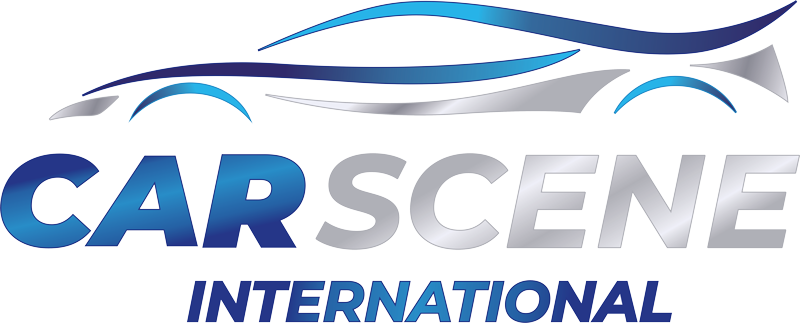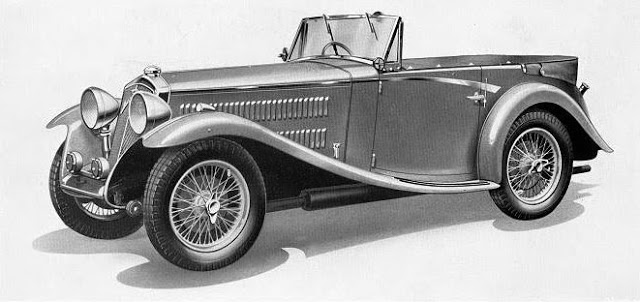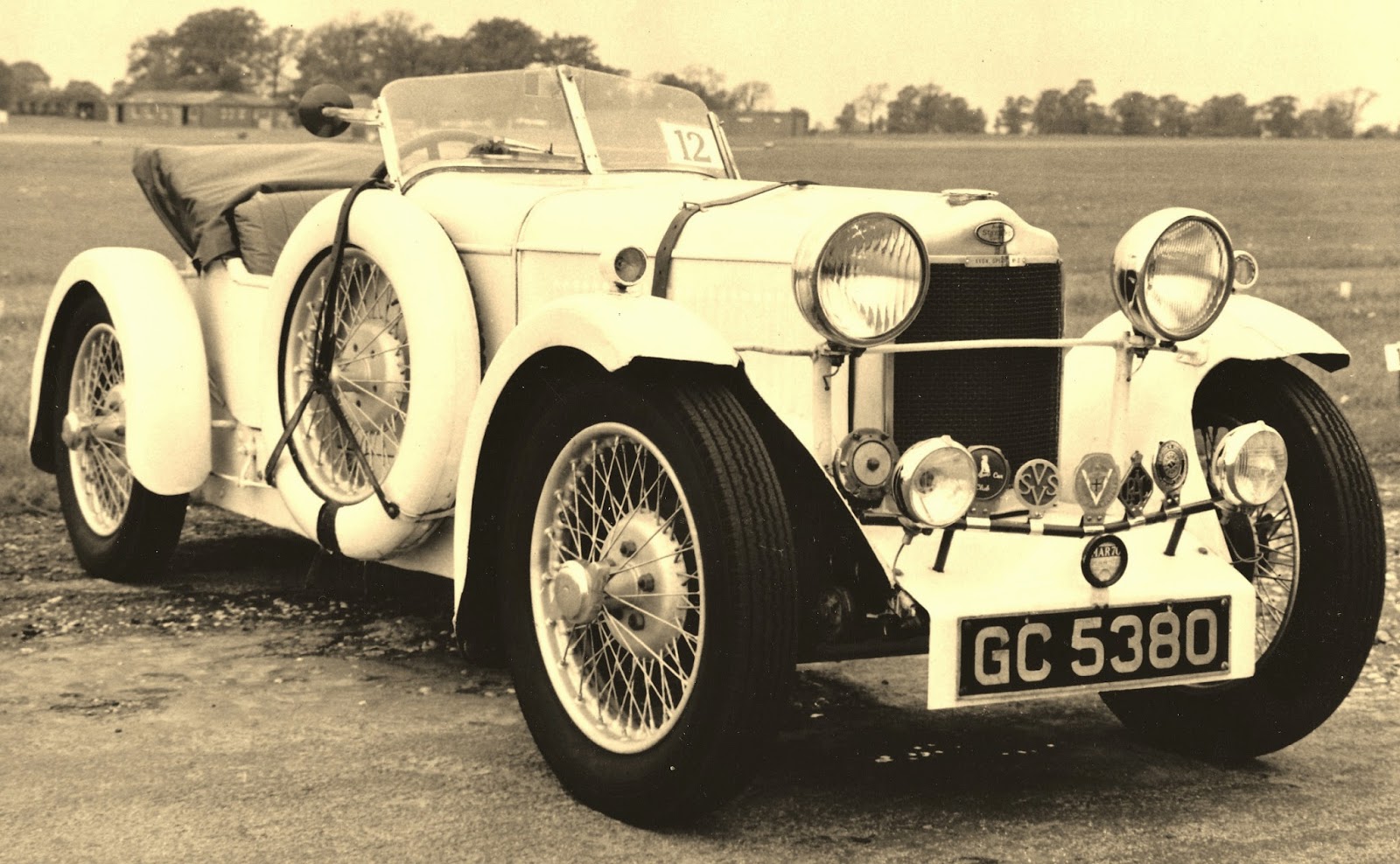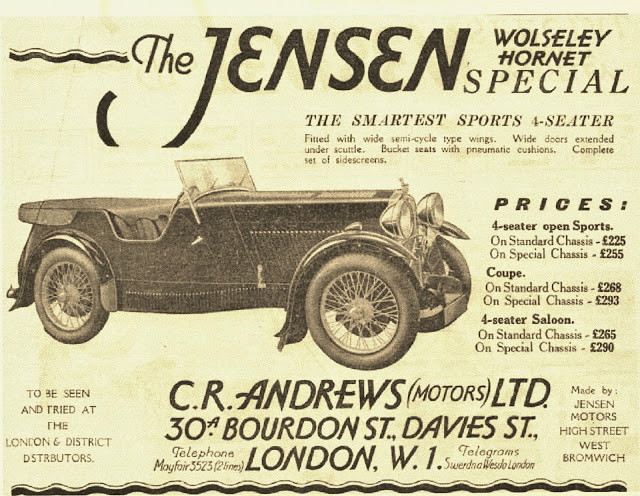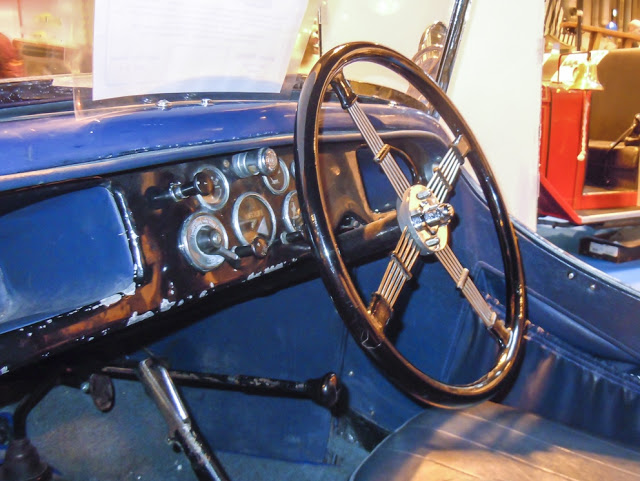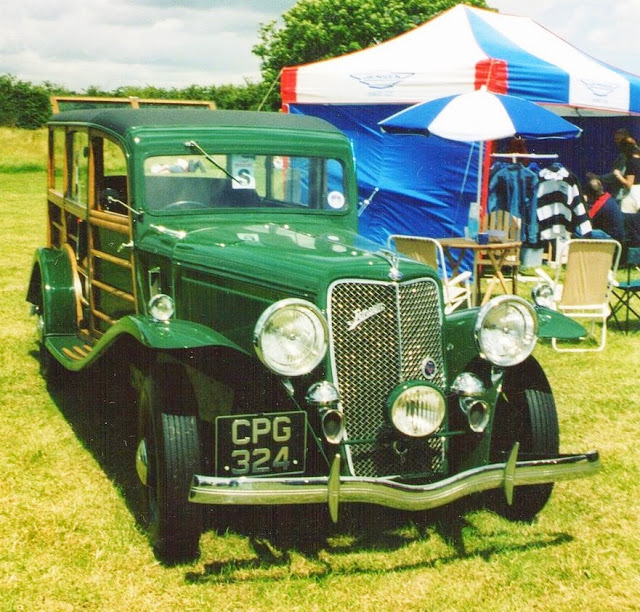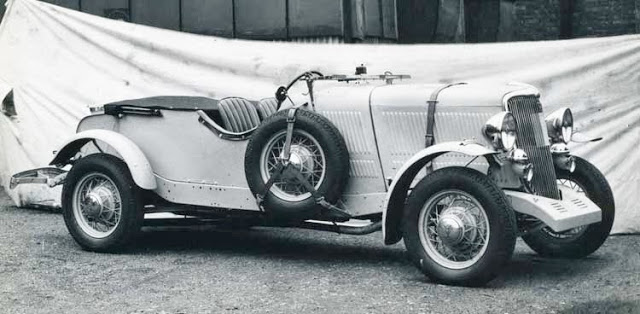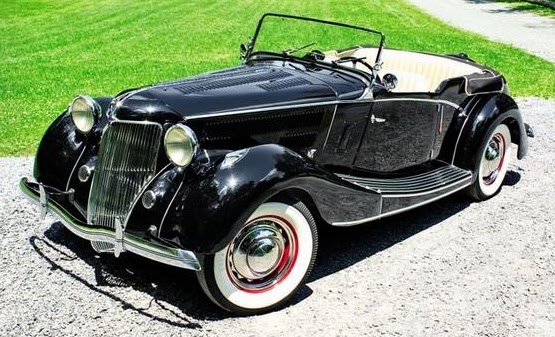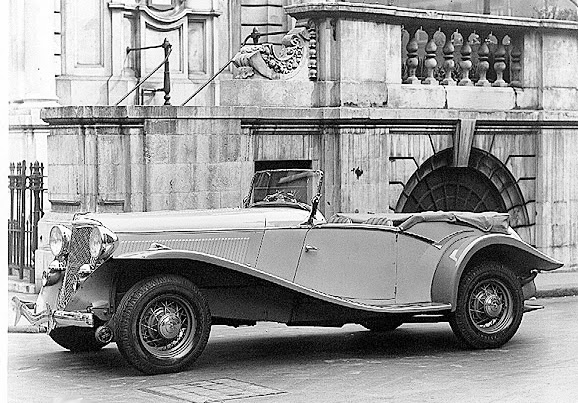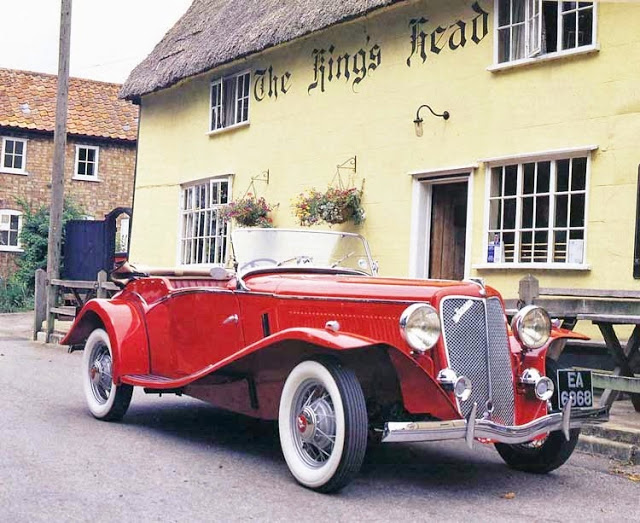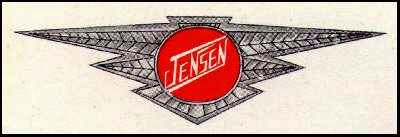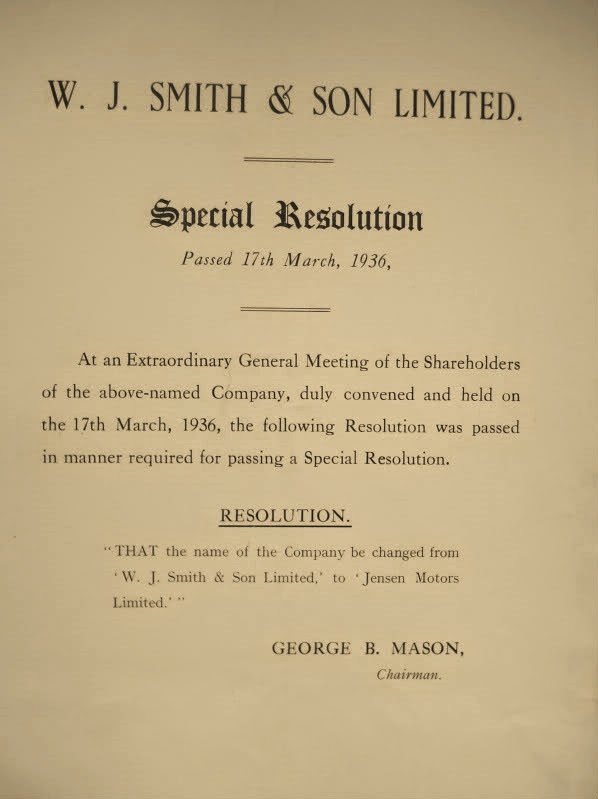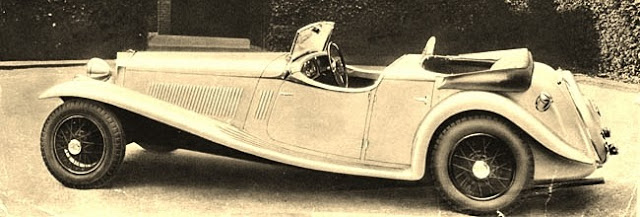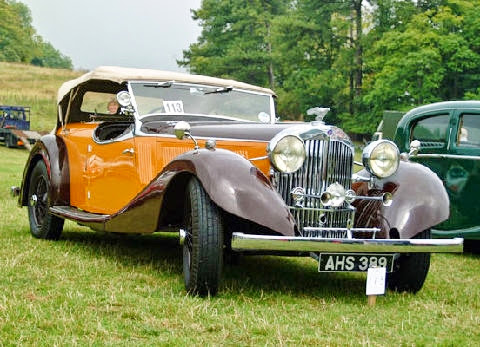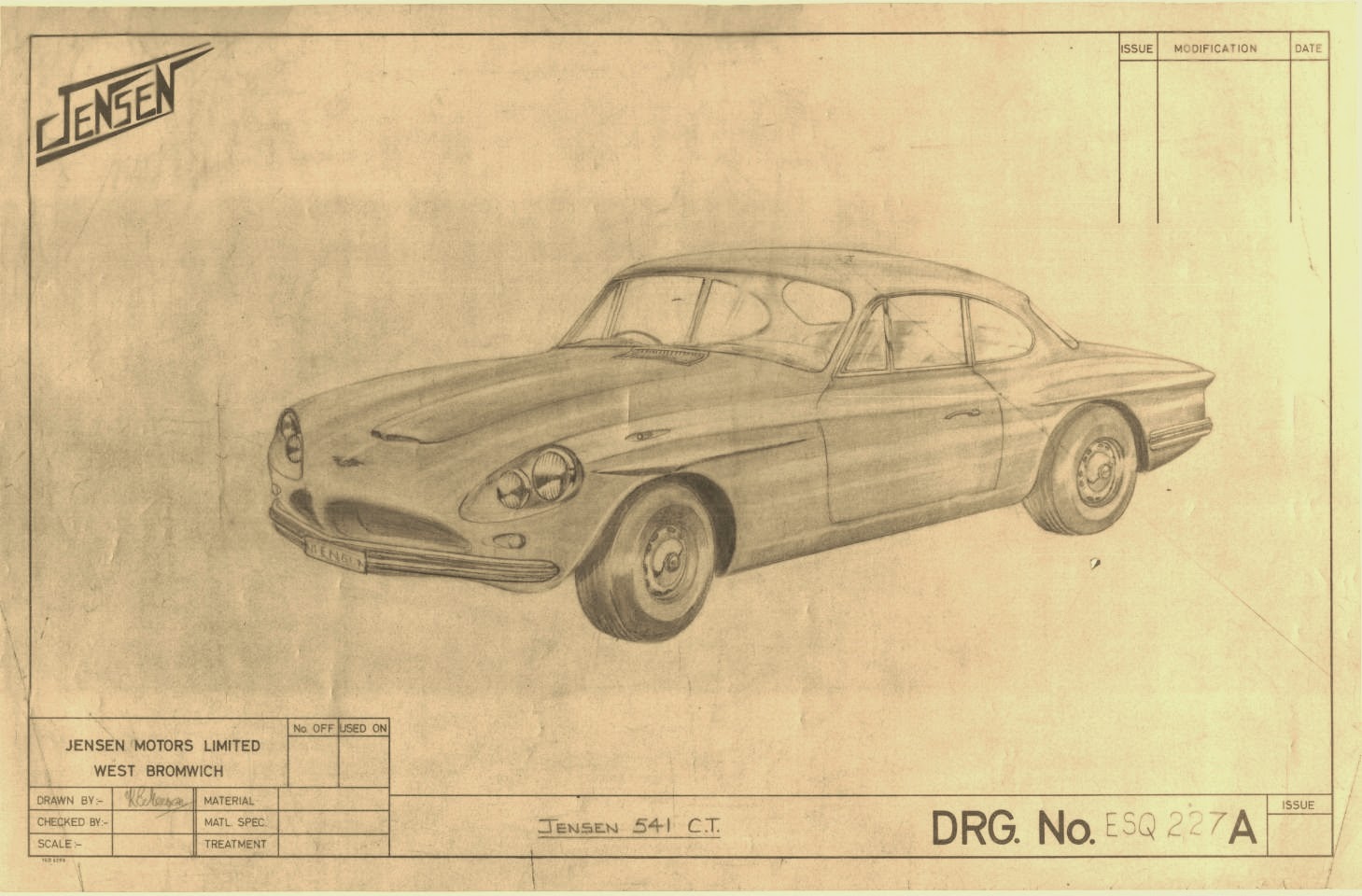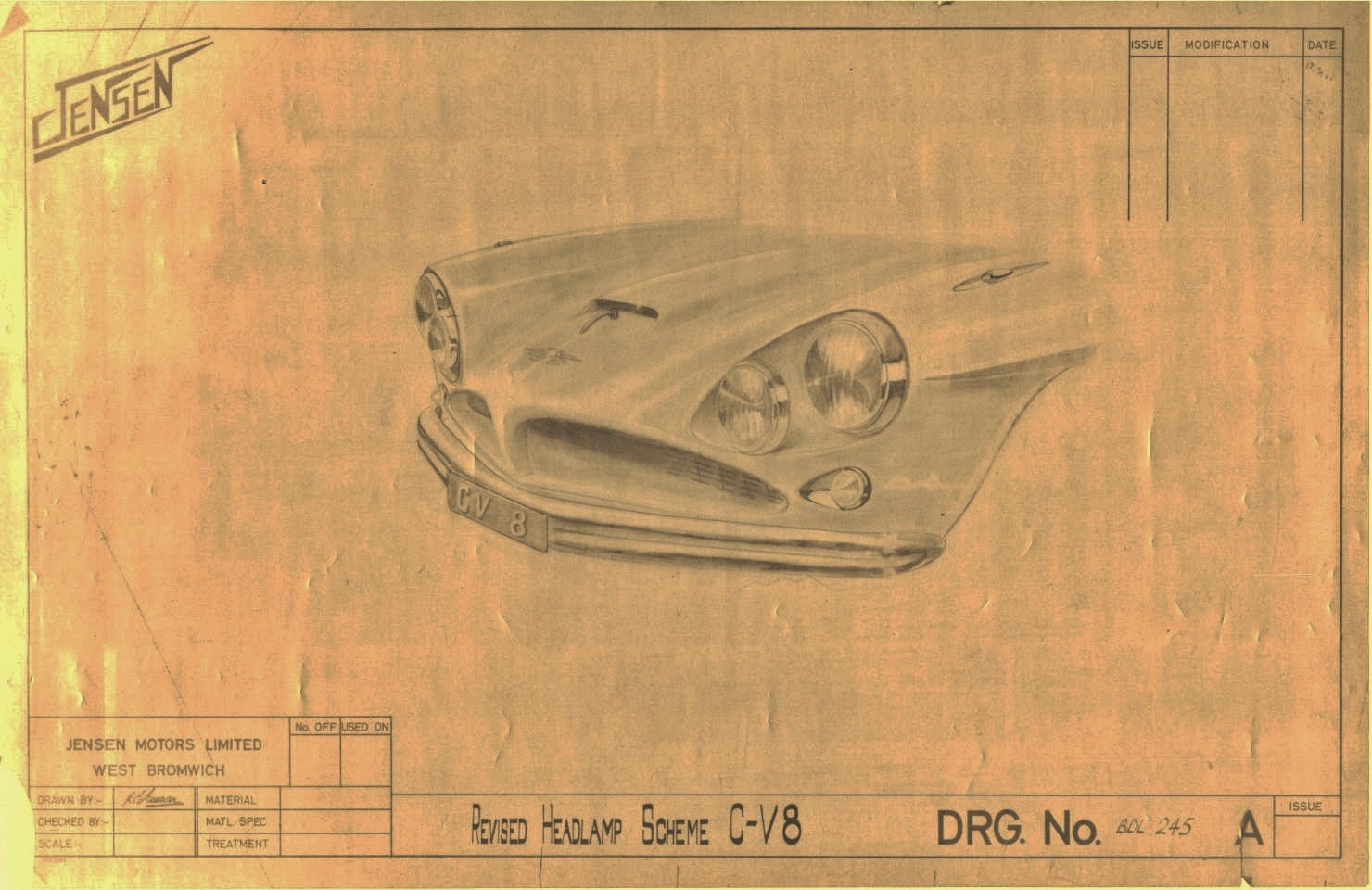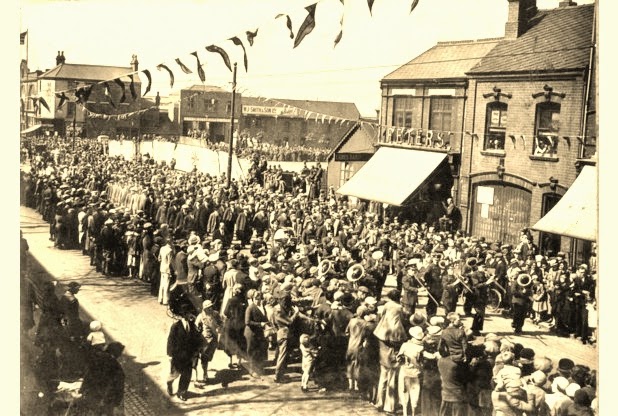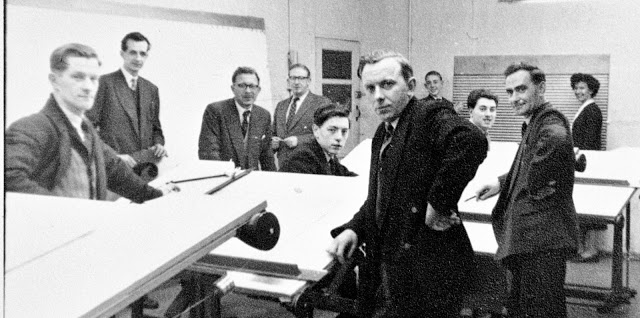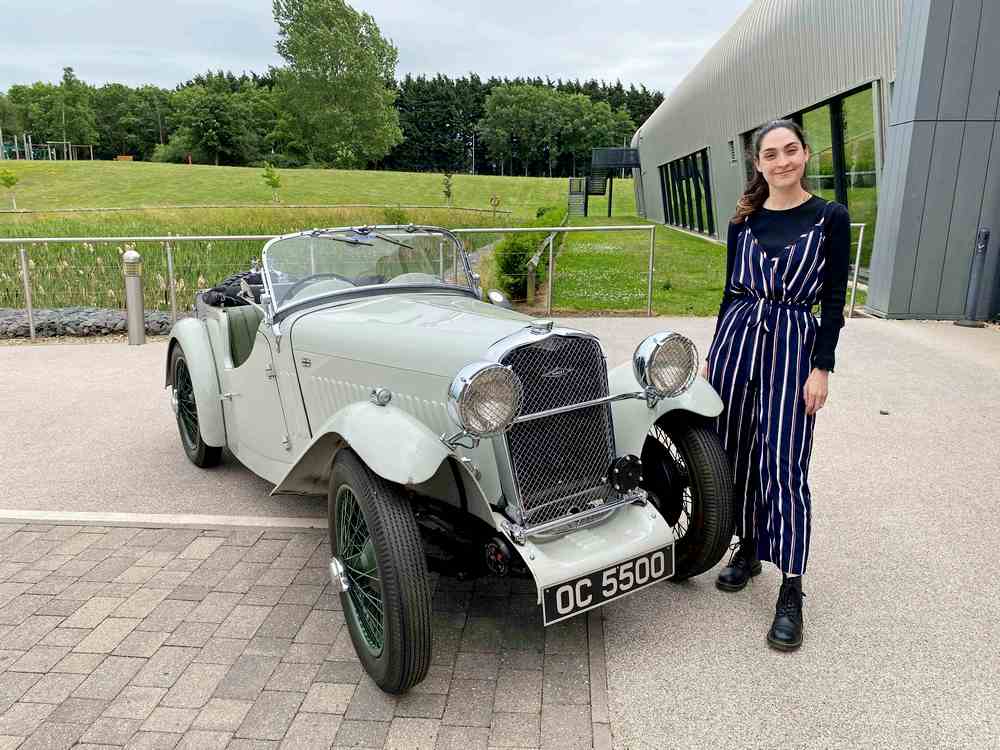Introduction
In 2013 a number of my posts, unexpectedly, featured the Austin Healey 100/3000. The trigger for this was me being provoked into wanting to draw peoples’ attention to the role that Jensen Motors Ltd. had played in both the manufacture and development of those cars.
In the early months of 2014, I thought to myself “why am I giving so much time to Healey and not to Jensen which is part of my DNA, due to my being employed by that company during the formative years of a lifelong career in the automotive industry?”
Yes, like me, before undertaking research for this post, car enthusiasts would be aware of the Jensen 541 models, the Interceptor, the groundbreaking FF and the Jensen-Healey; they may even be aware of the pre-WWII’ S’ and ‘H’ models and even the limited production, post WWII, ‘PW’ model. But what about all the ‘specials’ that the Jensen brothers designed for other people prior to building cars that carried their name?
I certainly wasn’t aware of them until now and discovering them has been a revelation. I hope that you enjoy this re-acquaintance/discovery of these Jensen cars as much as I did in putting this post together.
This post only deals with the cars created by the Jensen brothers. Alongside the car business, they ran a very successful and innovative commercial vehicle business. That story is told elsewhere but not by me.
The Jensen Brothers
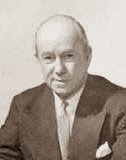 |
| Alan Jensen |
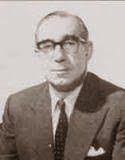 |
| Richard Jensen |
Alan (b. 1906) and Richard (b. 1909) lived in Bloomfield Road, Moseley, Birmingham U.K. when they built their first Austin 7 (Chummy) based ‘special’ in 1928. Soon afterwards the family moved just around the corner to Anderton Park Road, where the second special, based upon a Standard 9 chassis, was conceived and built. This car was built at the suggestion of Arthur Wilde, at the time Chief Engineer of the Standard Motor Company, Coventry, as a result of him seeing and being impressed by the brothers’ Austin Seven special. This design was adopted by the Standard Motor Company with the production cars being built by Avon Coachworks of Warwick where Alan Jensen was employed to oversee final design and production.
One of the Jensen’s near neighbours, in Anderton Park Road, was Ronald ‘Ron’ Tombs Horton, a successful campaigner of MG Midget and Magnette race cars. The Jensens lived at number 95 and Horton lived at number 45. He got the Jensen brothers to design and build special bodies for some of his cars (see below).
As a result of undertaking research for this post, I found out that Ron Horton was a director of Mitchells and Butler, a well known Birmingham brewer. His grandfather played a big part in the development of Birmingham in the 19th Century. This is a tradition that continues today via the family firm, Horton Estates limited, a private property development company based in Birmingham. But that is another story altogether!
Despite that snippet about the Horton family I do not intend this post to be a ‘blow by blow’ history of the Jensen brothers progress during their early years which led to them taking over a commercial vehicle body building company, W.J. Smith & Son Ltd., Carters Green, West Bromwich in 1934. It has all been done before.
If you really want to get ‘under the skin’ of this topic then you could do no better than read Richard Calver’s book ‘All the Models’.
September 2020
I have just read an article in the latest edition (273) of the Jensen Owner’s Club magazine. It was a very well researched piece about a Jensen ‘S’ model, registration number CAC 41, written by its previous owner, David Davies. In it, he mentioned that the Jensen brothers were financed by the son of the eminent Midlands area grocer George Mason. This is what David writes –
“George Bates Mason, then aged 32, was the main financial backer of the Jensen brothers before the war. His father, also called George Mason, had started a retail provisions business in his name in 1909 and by the time of his death in August 1934 had built up a chain of around 385 stores. His son was also involved in the business. It was sold later in 1934 to International Tea Company’s Stores Ltd for a substantial sum. The Masons had a financial interest in the established coachbuilder W J Smith & Sons which made commercial vehicle bodies for the George Mason grocery chain. The Jensen brothers joined the firm in 1931 to modernise its processes and started Jensen Motors within the firm to make car bodies. Jensen Motors Limited was incorporated in 1936, absorbing the original coachbuilding business. George Bates Mason was a director of the company alongside the Jensen brothers.”
See the special resolution notice below, changing the name of the company from W.J. Smith & Son Limited to Jensen Motors Limited, issued by George B. Mason.
Back to the original post –
What I want to do in this post, for my own interest and hopefully for the interest of readers, is to feature as many of the cars as possible that Alan and Richard were responsible for creating in one way or another.
Having done this research I cannot help imagining that, if, at the end of their lives Alan and Richard had to say which was the period that they most enjoyed, they would elect for the prewar years.
That is just my opinion having seen all the cars they created at that time and also being aware of how difficult things got when dealing with volume production contracts, for other marques, in the ’50s and ’60s, although very lucrative.
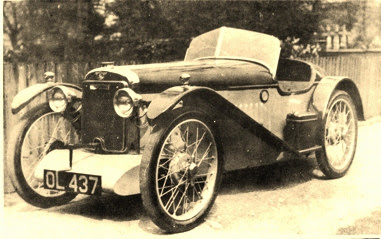 |
| The brothers’ first creation – a special based upon an Austin 7 ‘Chummy’ chassis and running gear. 1928 |
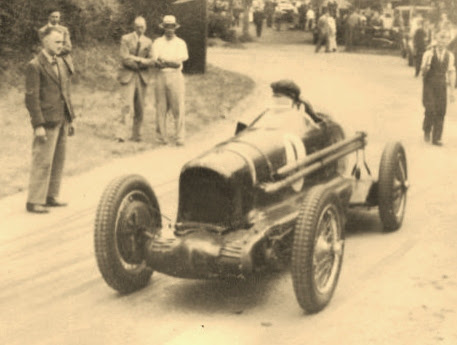 |
| The Ron Horton MG K3007 Racing Car at the Shelsley Walsh Hill climb |
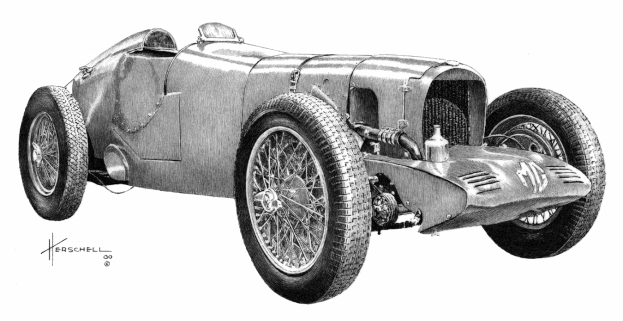 |
| A drawing of the the late Mike Hawke’s rebuilt version of K3007 made by George Herschel (U.S.A.) an MG enthusiast and very talented artist. |
Jensen bodies on proprietary chassis/running gear
Michael McEvoy, after leaving his employment with Rolls Royce in Derby, started making motorcycles and then cars. His speciality was in tuning cars to make them go faster. One of the ways he did this was to fit a Zoller Supercharger. You can see that the Star, below, is fitted with one. In addition to modifying standard cars, he started to build his own specials using a variety of proprietary chassis. He contracted Jensen to design and build the bodies for these cars. Here are just a few examples.
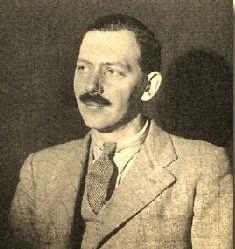 Note – Colonel Michael McEvoy, as he was to become during WWII, was responsible for causing the damaged Volkswagen factory at Wolfsburg to be rebuilt.
Note – Colonel Michael McEvoy, as he was to become during WWII, was responsible for causing the damaged Volkswagen factory at Wolfsburg to be rebuilt.
He had previous knowledge of the Kubel Wagen as a result of working for Mercedes in Germany in the late 1930s and saw that it had potential. He assigned Major Ivan Hirst to the task of getting production restarted. The rest, as they say, is momentous, history.
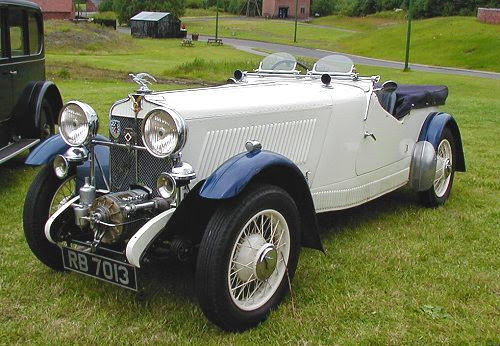 |
| Star 14hp |
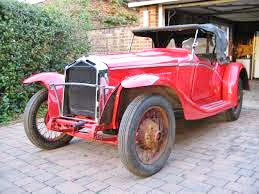 |
| B.S.A. 1933 – 10 h.p.Rear Wheel Drive (BSA produced both FWD & RWD three and four wheel cars between 1907 and 1939 – a fascinating history well worth looking into) (Courtesy Mr. Peter Cook) |
Jensen bodied Wolseley Hornet 14hp
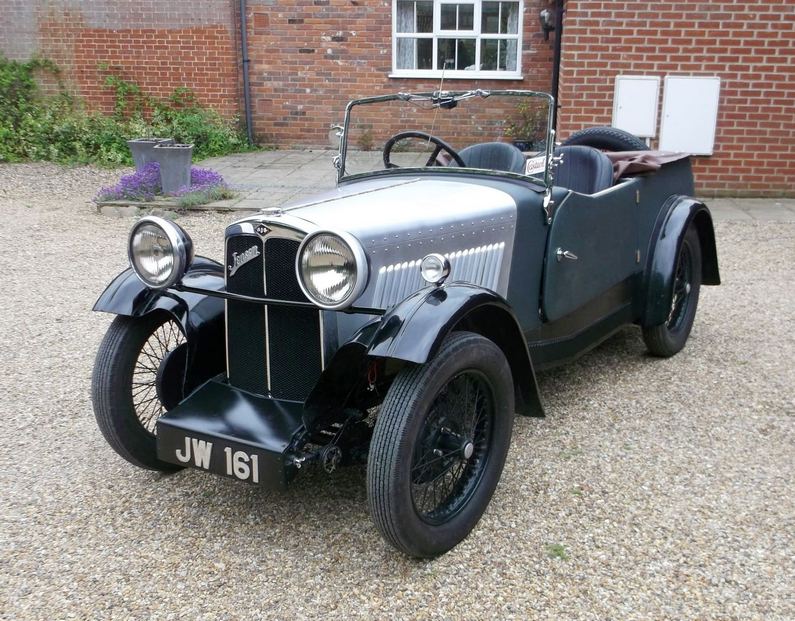
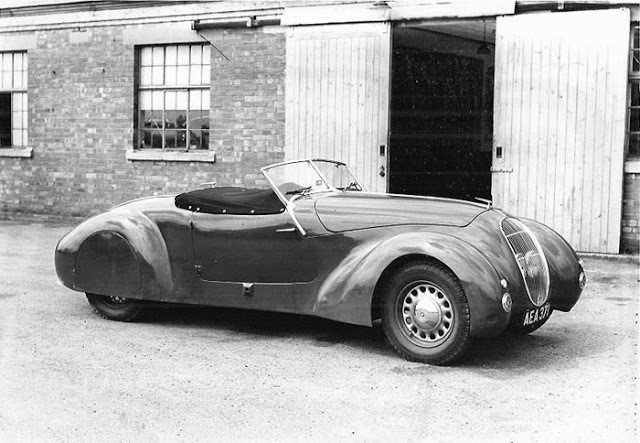 |
| Steyr 220 Special |
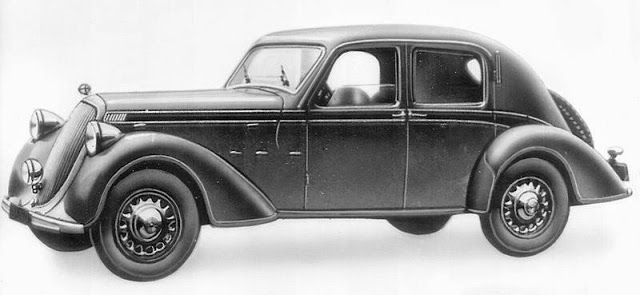 |
| The production Steyr 220 Saloon c.1938 which had a similar engine, and chassis to those of the McEvoy special
Production Standard Avon Courtesy StandardRegister.com
|
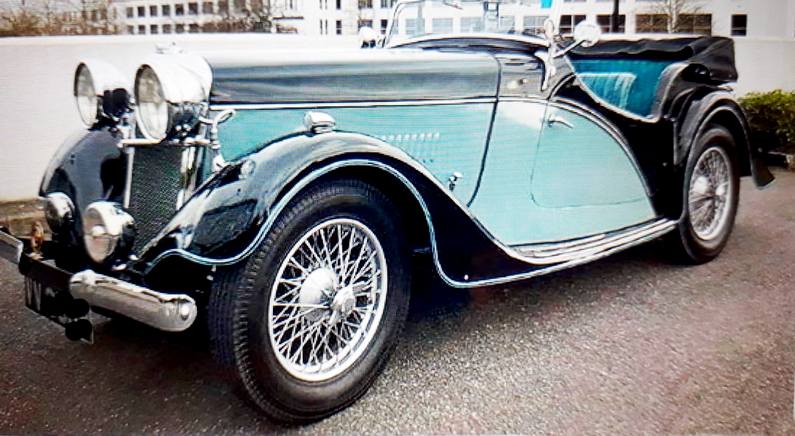
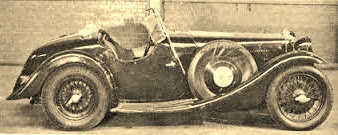 |
|
MG Magnette K2
|
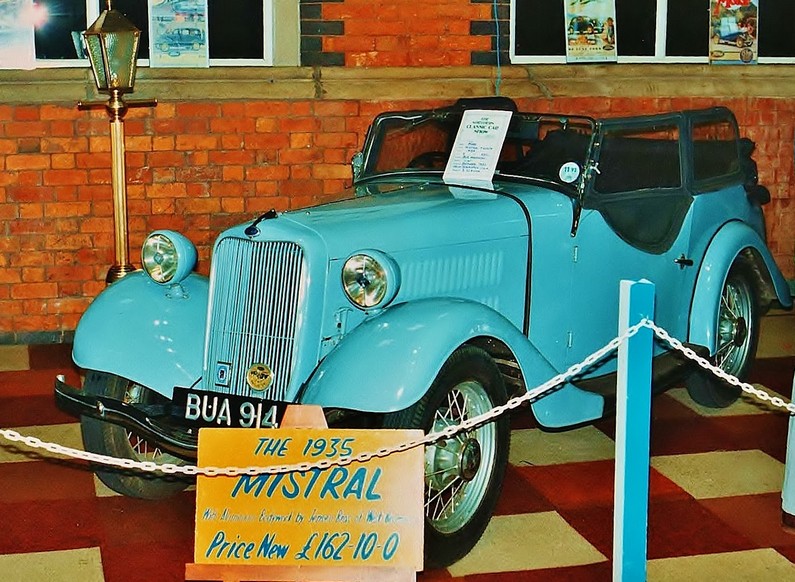
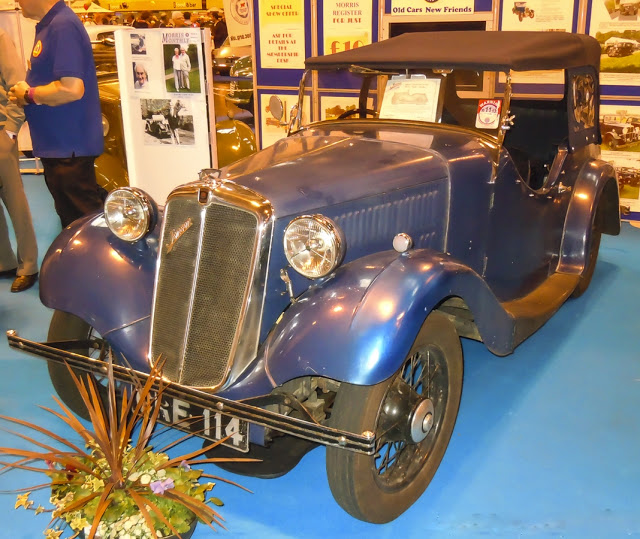 |
| 1935 Jensen bodied Morris Eight Tourer Photos courtesy of David Blumlein, doubledeclutch.com |
The Ford Model 40 Connection
First there was this – Jensen body on Model 40 chassis for Ulster TT 1934
Which led to this – The car built for Clark Gable, one of two built at the time. He didn’t take delivery of the car but agreed to pose for publicity photos. This car led to a contract with Ford to build a small quantity of cars to a similar specification.
J B Stevenson, Jensen Company Secretary in a 1936 Jensen Ford
at the Carters Green Factory
This then led to – the first car carrying the Jensen badge, nicknamed ‘The White Lady’. It was based upon the same Ford chassis and engine etc. as the Ford specials.
The ‘White lady’ the first car to be called a Jensen in its own right
Which then led to series production of the ‘S’ model
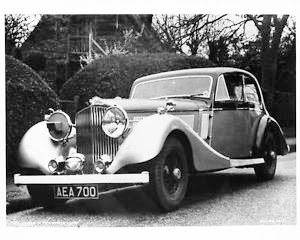 |
| ‘S’ model 1936 – 3 1/2/Ltr. Ford V8 with Ford chassis
|
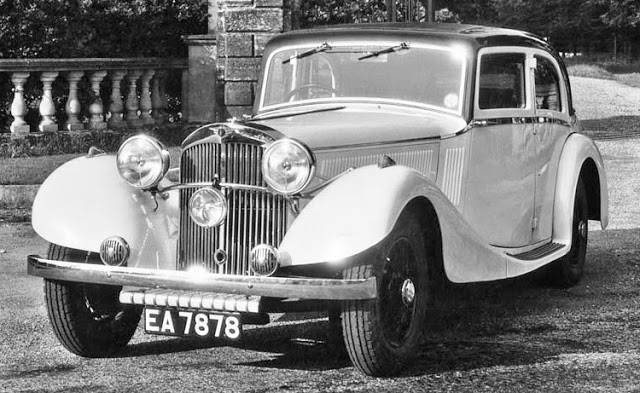 |
| ‘H’ model 1938, most with 4 1/4Ltr. Nash engine with modified Ford chassis. |

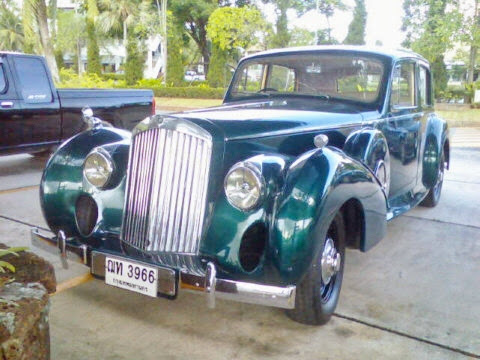
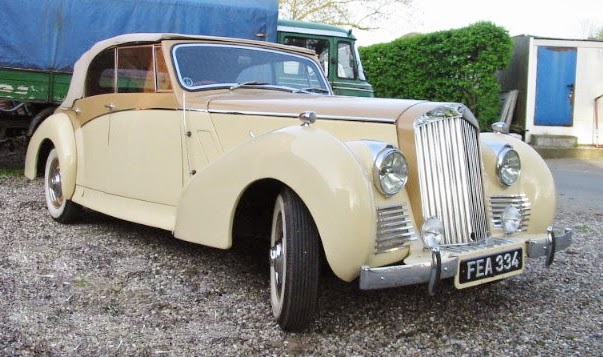
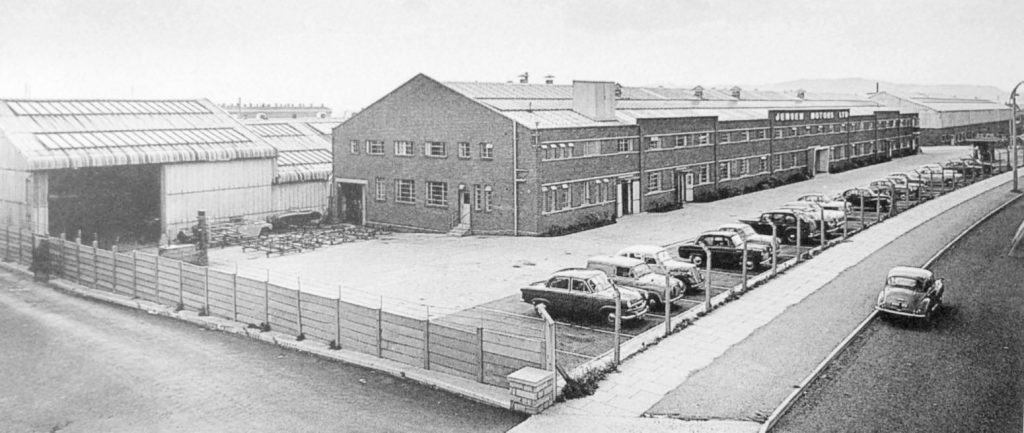
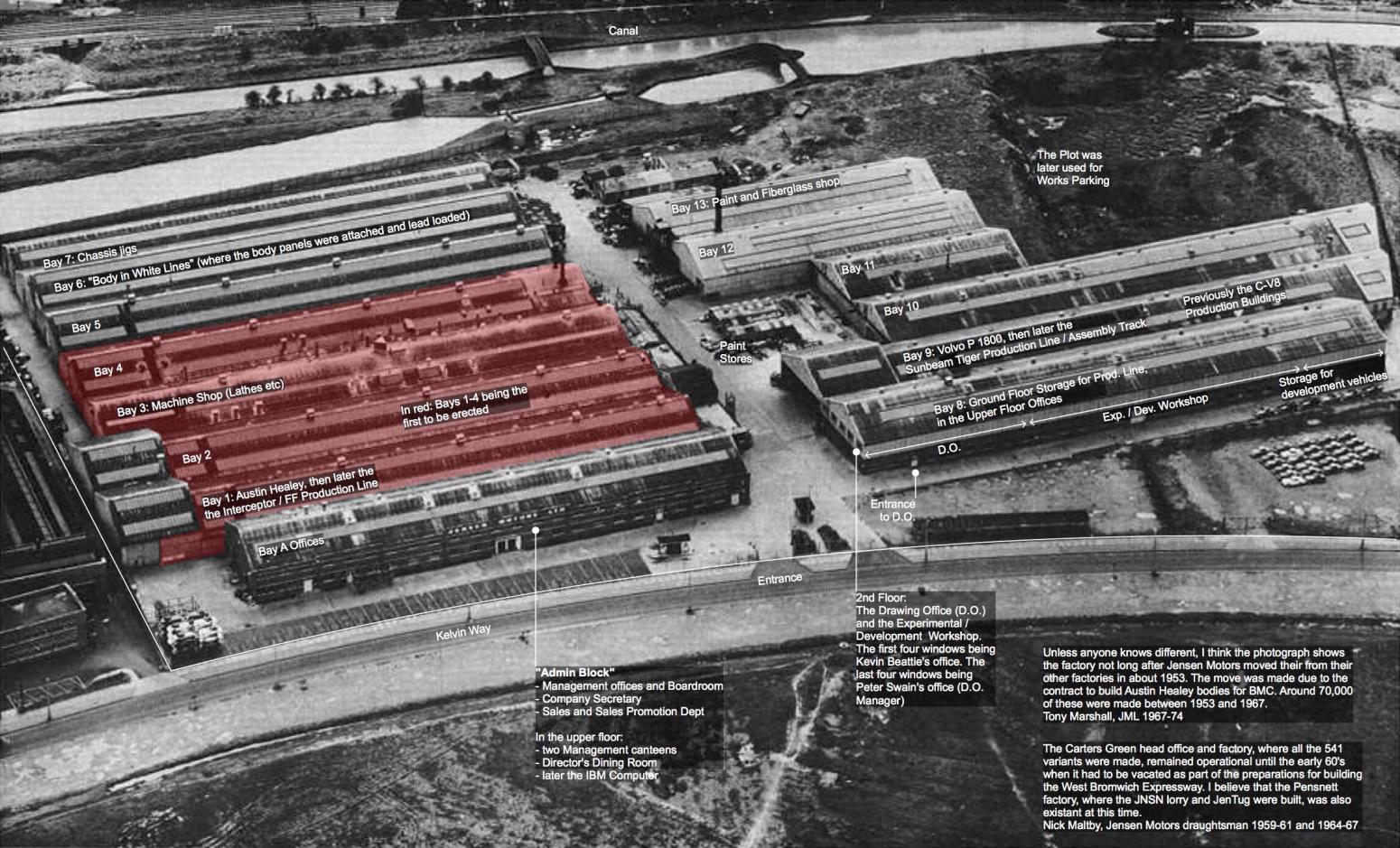
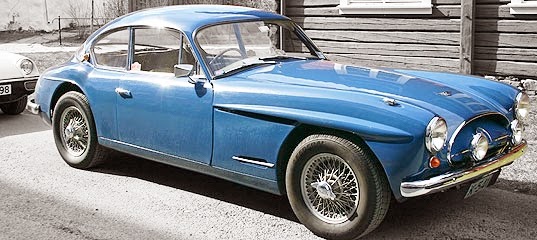
541 1955 – 1957 with Austin 4.0Ltr. engine and Jensen twin, 4.0in. O.D.,centre tube chassis. It had a Moulded fibre glass body. One of the 541’s unique features was the adjustable front grille panel which improved the cars, already exceptional, aerodynamic efficiency at high speed. The modified ‘541 R’ had more pronounced rear wheel arch mouldings, similar to but smaller than the ones at the front (see photo below) mechanical differences between the 541 and the 541R included all round disc brakes and rack and pinion steering (the 541 had a cam and roller steering box).
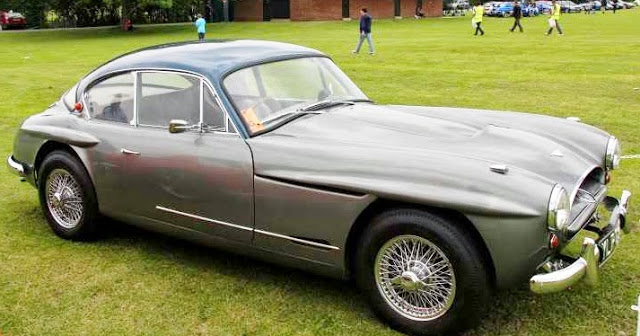
Jensen 541 Cabriolet
There were two cabriolet versions of the 541 built by E D Abbott of Farnham, Surrey, England. It is believed that they are both in existence. Here are a couple of photos –
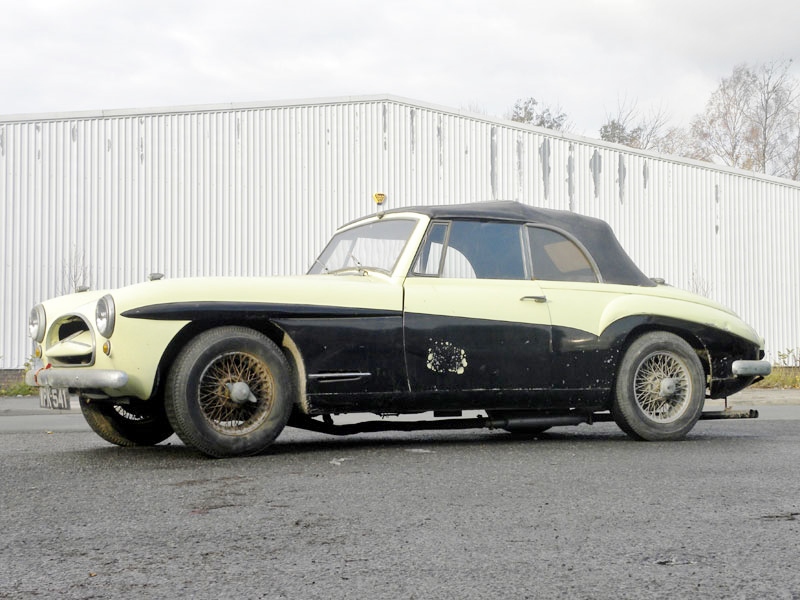
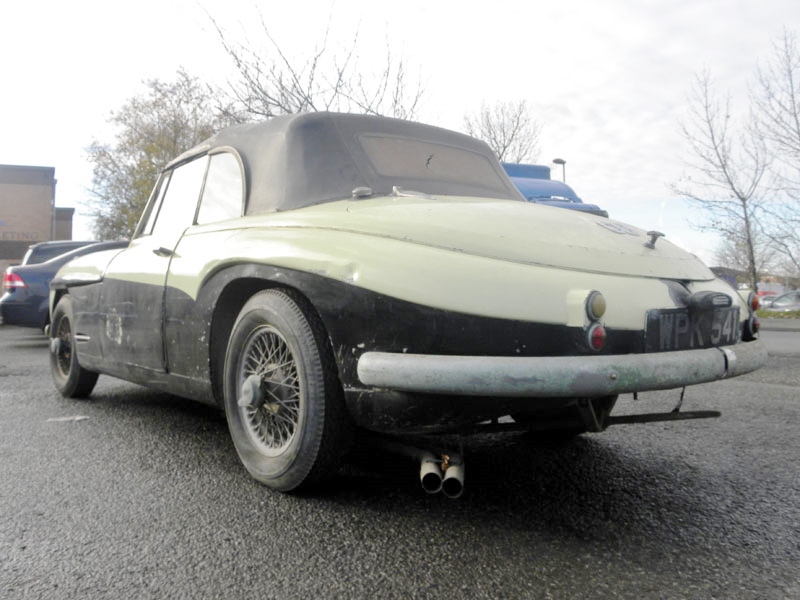
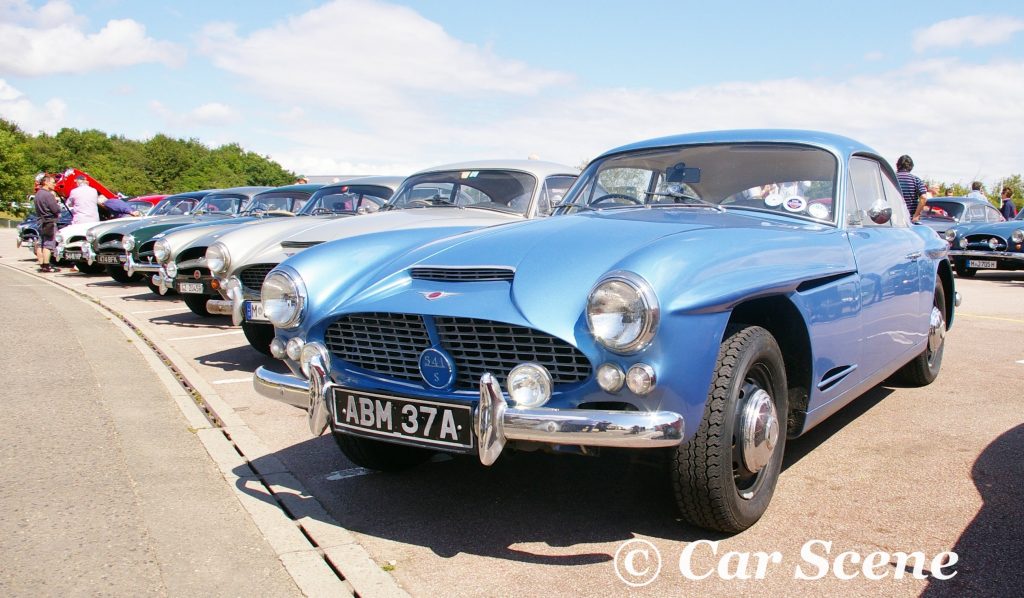
541S 1960 – 63 Four inches wider than the 541R still fitted with the Austin 4.0Ltr. engine but modified for extra performance by Jensen. This was mated to a GM designed Hydramatic gearbox supplied by Rolls Royce.
A small number of 541Ss were fitted with a Chrysler V8 engine but the most notable V8 engined 541S was the one owned by Donald Healey. Donald’s bought a standard 541 S and fitted it with a ‘short block’ 327 cu.in. Chevrolet V8 at his ‘Cape’ works in Warwick
Note the conventional grille which replaced the aero flap used on the previous 541 models. Although the general profile of the body is similar to the 541and 541R there are many detailed differences such as the side light/indicator assemblies, front and rear and the bonnet panel with air scoop is completely new.
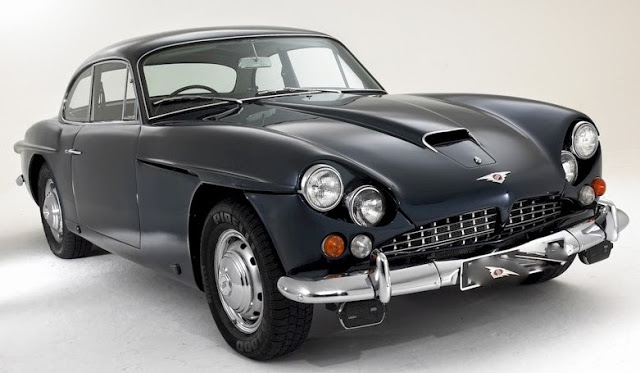 |
| C-V8 MkII |
C-V8 1963 – 66 This car was a natural development of the 541 S model but with significant changes which can be listed as –
- Adoption of a twin centre tube chassis (the 541 had perimeter tubes). Apparently the ‘C’ in ‘C-V8’ stands for ‘Centre Tube’.
- A Chrysler ‘big block’ V8 engine (initially 361 cu.in. then 383 cu.in.) replacing the Austin 4.0 ltr. straight six engine. The V8 was mated to Chrysler’s renowned ‘Torqueflite’ automatic transmission. A small number of manual transmission cars were built.
- The soft flowing curves of the 541 styling was replaced by a more ‘muscular’ look which divided opinions at the time. The body was still made of moulded glass fibre.
Although not realised at the time, the C – V8 was to be the last of the Eric Neale designed fibre glass bodied cars built by Jensen
Early design sketches for the C-V8 (note the 541 side lights on top of the front wing)
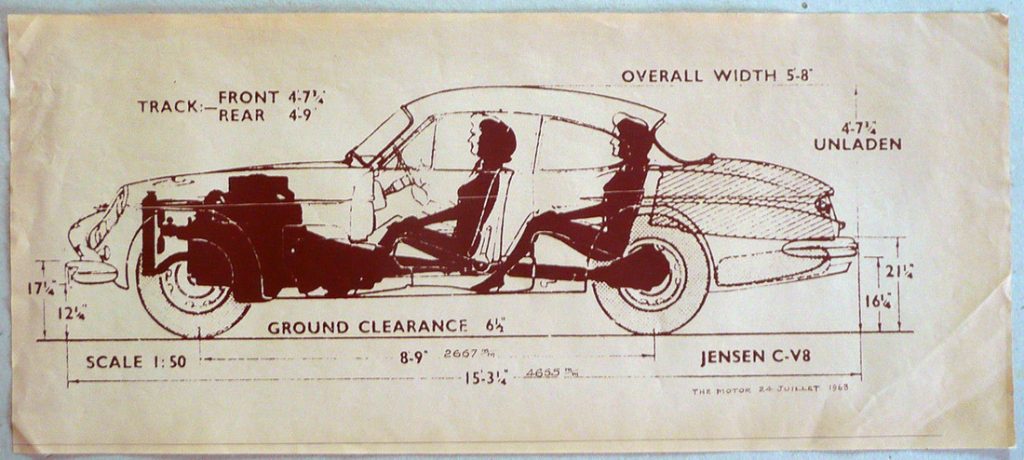
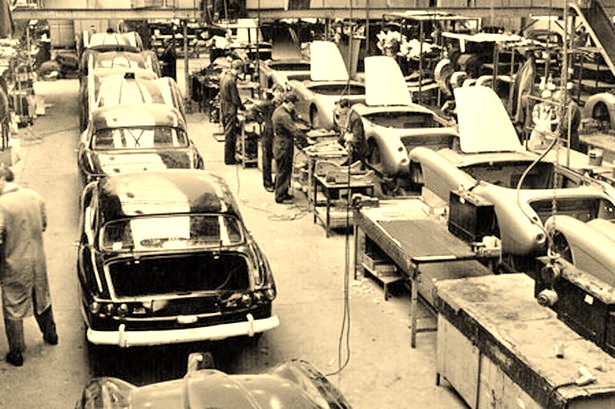 |
| The C-V* was built at Jensen’s Kelvin Way factory which was built in the mid 1950s to assemble the Austin Healey 100 bodies/chassis. This photo shows C-V8s being built alongside Austin Healey bodies. |
Jensen C-V8 FF
When people think of Jensen’s famous FF model the Touring styled car similar to the Interceptor comes to mind. However the first Jensen to be fitted with the Ferguson Formula four wheel drive transmission was a C-V8, albeit only one car was built, for experimental purposes. That car was on the Jensen stand at the 1965 London Earls Court motor show along with the a cabriolet version of the ill fated ‘P66’. Here is some further information on that car –
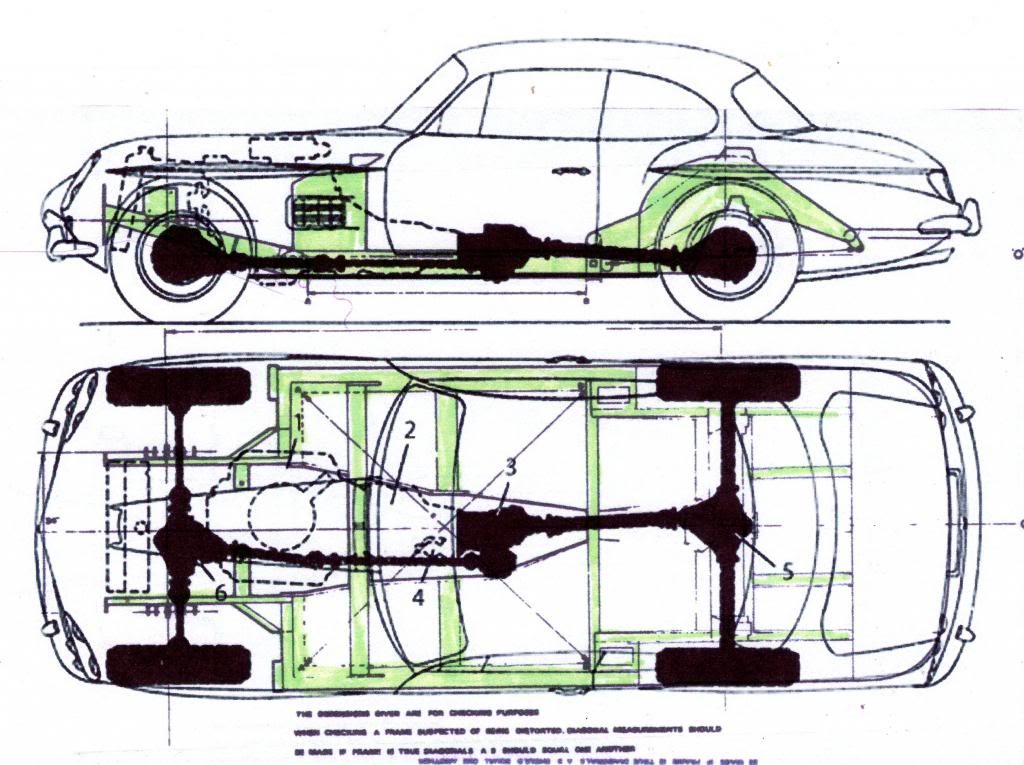
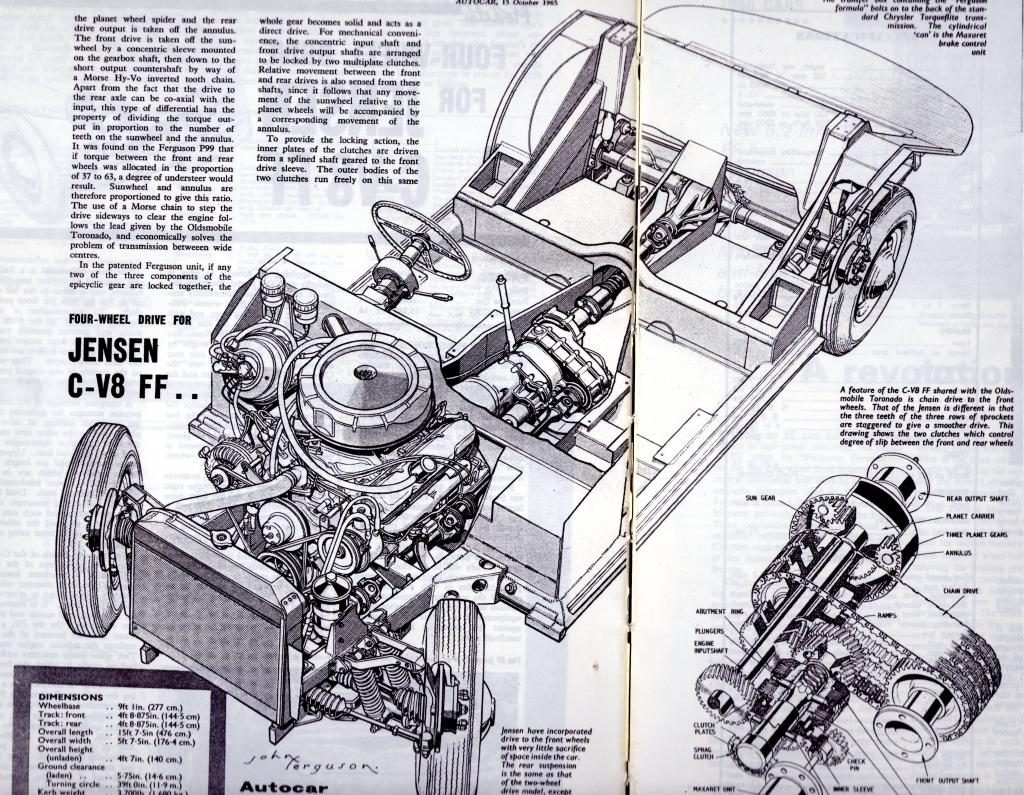
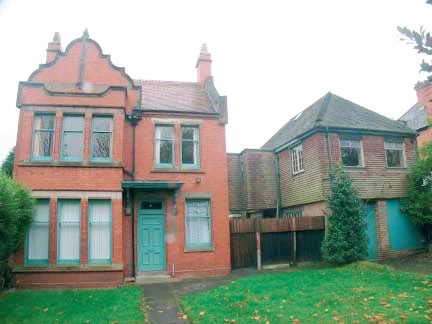 |
| The Jensen Family home in Anderton Rd. Mosely, Birmingham, as it was a few years ago. |
Carters Green, West Bromwich1933 The W.J. Smith (soon to become Jensen Motors) works can be seen in the far background.
Jensen’s Carters Green ‘Body’ Drawing Office, 1959
(The Chassis D.O. was in a different part of the factory)
Eric Neale is the third from the left and I am the ‘little boy’ standing at the back of the office!
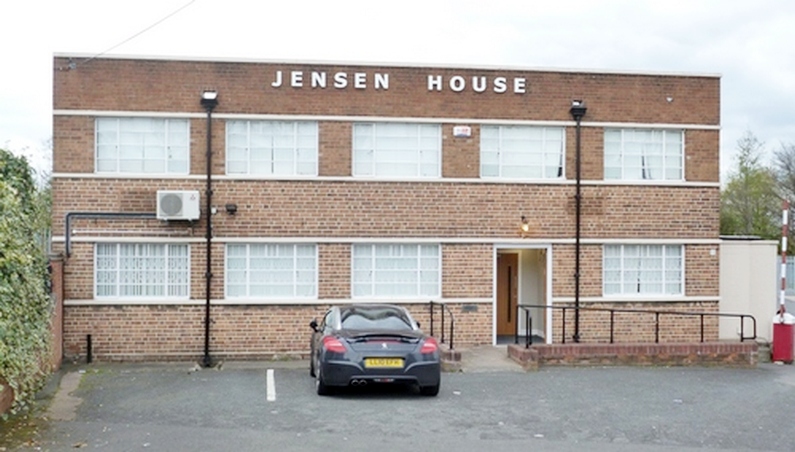
Links –
© carsceneinternational.com
